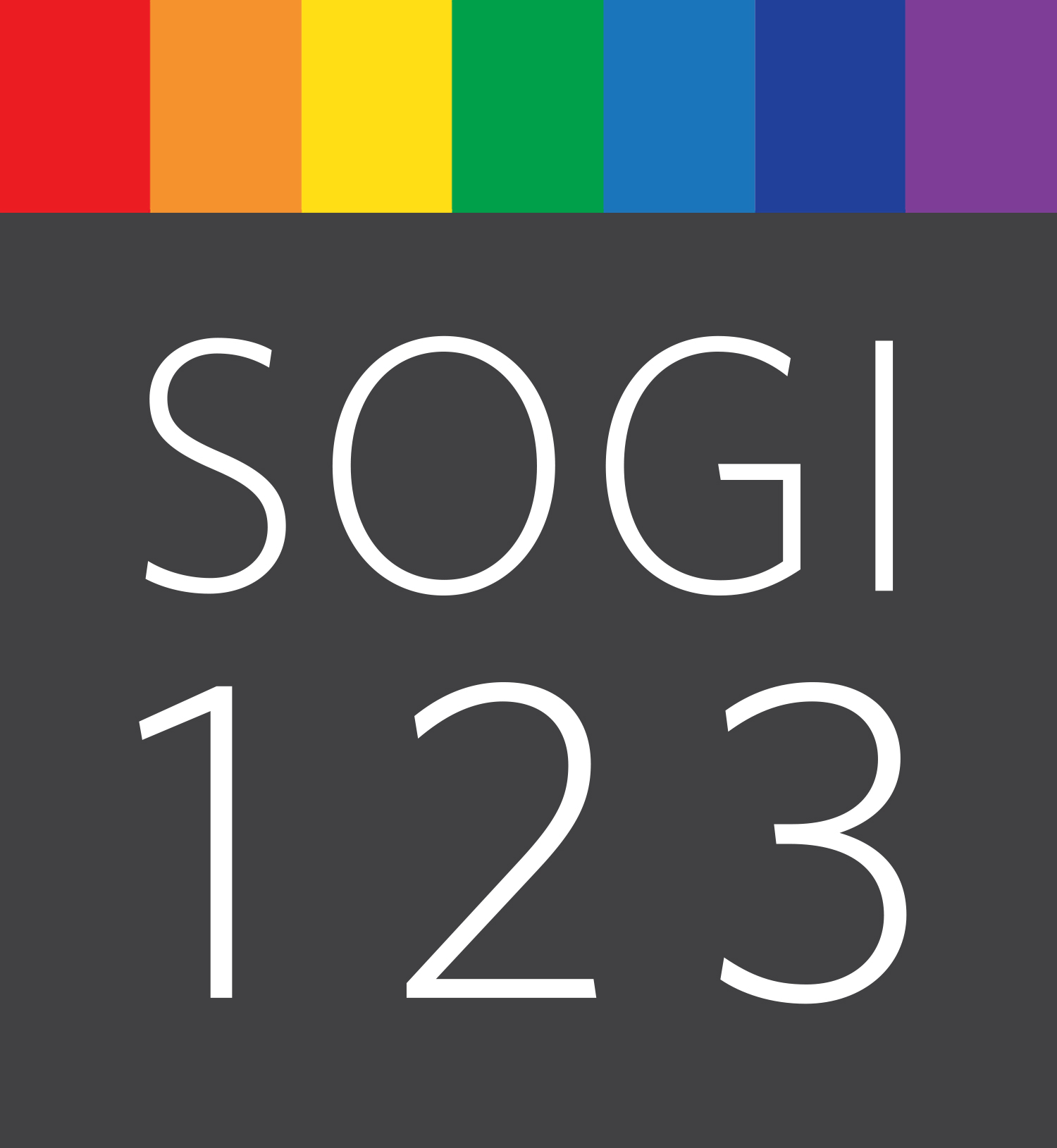Elementary Lesson Plans
What is appropriate for different age groups?
This is one of the most common questions being asked about SOGI-inclusive teaching resources. Younger students may already be exposed to these concepts, have 2SLGBTQ+ family members, or have a strong sense that their own gender identity isn’t the same as how they were raised.
Bryan Gidinski, Elementary SOGI Lead in the Burnaby School Districts, provides the following tips for ways to talk to primary students about sexual orientation and gender identity.
Answer their questions.
Young children often ask simple questions out of genuine curiosity. Match the question with an equally simple answer. For example: “Why are those two men holding hands?” “Maybe they are in love.” Keeping it casual sends the important message that two men (or women) holding hands is entirely natural.
Introduce new vocabulary.
Young kids may already be exposed to language that they don’t fully understand. For example, they may hear “That’s so gay” from peers and interpret that gay must be bad without knowing why or what gay means outside of that apparent insult. Teaching appropriate language helps to foster SOGI-inclusive spaces.
Discourage gender stereotypes.
Young children can be very interested in putting people into categories. “Is that a boy or a girl?” or “Is that toy for boys or girls?” might be very important questions. Help students to understand that you can't always guess if someone is a boy or a girl based on what colours they wear, and that everyone gets to choose activities that fit best. Use picture books to present all the different ways that we can be in the world.
Click here for more information from Bryan.
